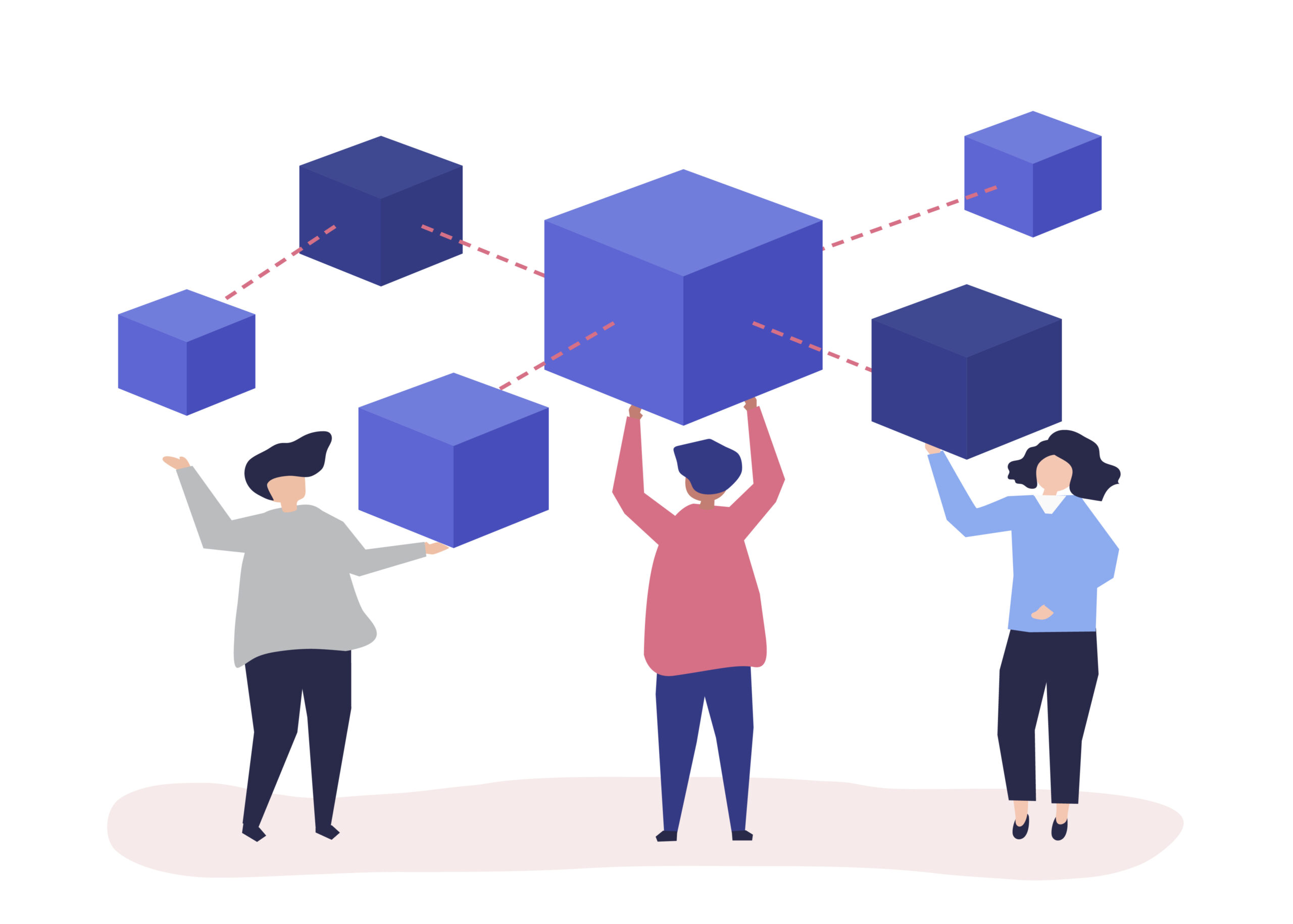Data structures and algorithms are fundamental concepts in computer science and programming. They are essential for developing efficient and effective software solutions. In this article, we will provide an overview and curriculum for beginners who want to learn data structures and algorithms.
Overview
Data structures are a way of organizing and storing data so that it can be accessed and used efficiently. Algorithms are step-by-step procedures used to solve problems or perform tasks. Data structures and algorithms are often used together to create efficient solutions to complex problems.
In this curriculum, we will cover the following topics:
Introduction to Data Structures and Algorithms
Arrays
Linked Lists
Stacks
Queues
Trees
Graphs
Sorting Algorithms
Searching Algorithms
Dynamic Programming
-
1. Introduction to Data Structures and Algorithms
In this section, you will learn the basics of data structures and algorithms. You will learn about the importance of data structures and algorithms, their role in programming, and the basics of time and space complexity. You will also learn about the different types of data structures and algorithms and their applications.
-
2. Arrays
In this section, you will learn about arrays, which are one of the most basic data structures. You will learn about one-dimensional and two-dimensional arrays, how to declare and initialize them, and how to perform basic operations on them. You will also learn about time and space complexity for array operations.
-
3. Linked Lists
In this section, you will learn about linked lists, which are another basic data structure. You will learn about singly linked lists and doubly linked lists, how to create them, and how to perform basic operations on them. You will also learn about time and space complexity for linked list operations.
-
4. Stacks
In this section, you will learn about stacks, which are a data structure that follows the Last-In-First-Out (LIFO) principle. You will learn about stack operations like push, pop, and peek, and you will learn how to implement stacks using arrays and linked lists.
-
5. Queues
In this section, you will learn about queues, which are a data structure that follows the First-In-First-Out (FIFO) principle. You will learn about queue operations like enqueue, dequeue, and peek, and you will learn how to implement queues using arrays and linked lists.
-
6. Trees
In this section, you will learn about trees, which are a hierarchical data structure. You will learn about binary trees, binary search trees, AVL trees, and red-black trees. You will also learn about tree traversal algorithms like depth-first search (DFS) and breadth-first search (BFS).
-
7. Graphs
In this section, you will learn about graphs, which are a data structure that represents relationships between objects. You will learn about directed and undirected graphs, adjacency matrices, and adjacency lists. You will also learn about graph traversal algorithms like DFS and BFS.
-
8. Sorting Algorithms
In this section, you will learn about different sorting algorithms, which are used to sort data in ascending or descending order. You will learn about bubble sort, selection sort, insertion sort, merge sort, quicksort, and heapsort. You will also learn about time and space complexity for each algorithm.
-
9. Searching Algorithms
In this section, you will learn about different searching algorithms, which are used to find a particular element in a data structure. You will learn about linear search, binary search, and interpolation search. You will also learn about time and space complexity for each algorithm.
-
10. Dynamic Programming
In this section, you will learn about dynamic programming, which is a technique used to solve problems by breaking them down into smaller subproblems and solving them recursively. You will learn about the principles of dynamic programming, such as memoization and tabulation. You will also learn about common dynamic programming problems, such as the knapsack problem, the longest common subsequence problem, and the Fibonacci sequence.
-
Conclusion
Data structures and algorithms are fundamental concepts in computer science and programming. They are essential for developing efficient and effective software solutions. By following the curriculum outlined above and using additional resources, you can develop a strong foundation in data structures and algorithms and become a better programmer.




